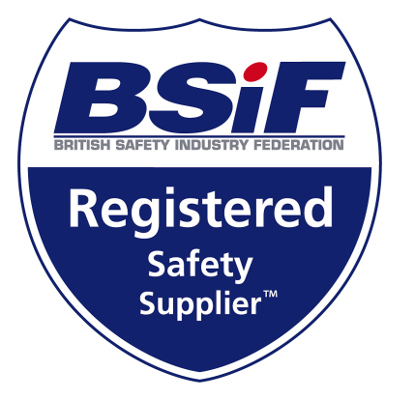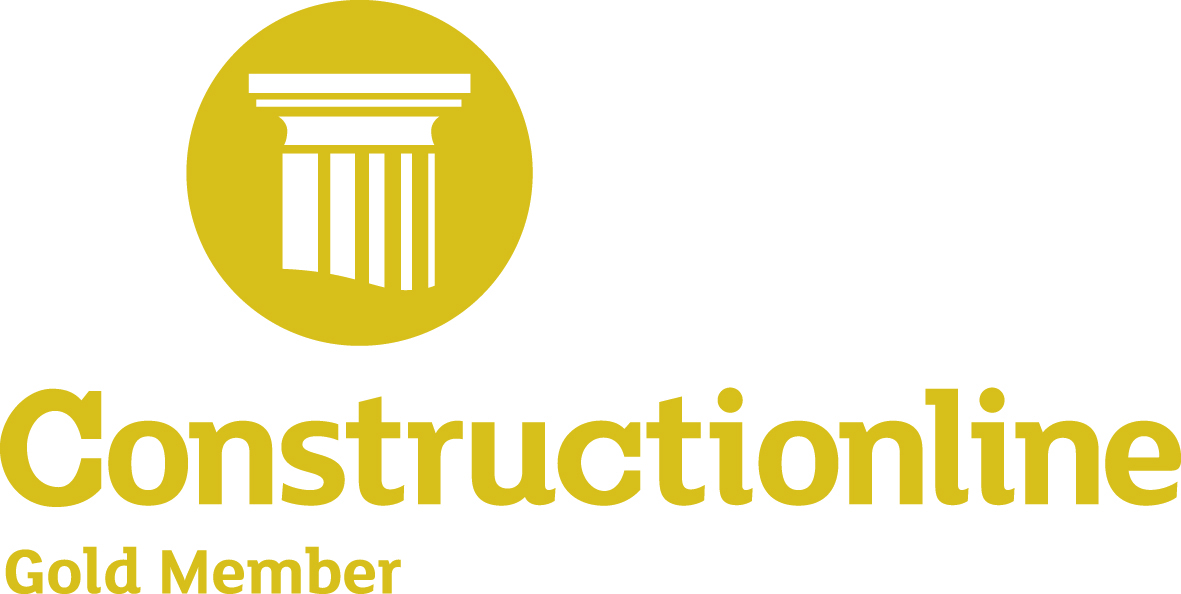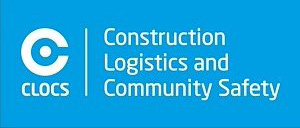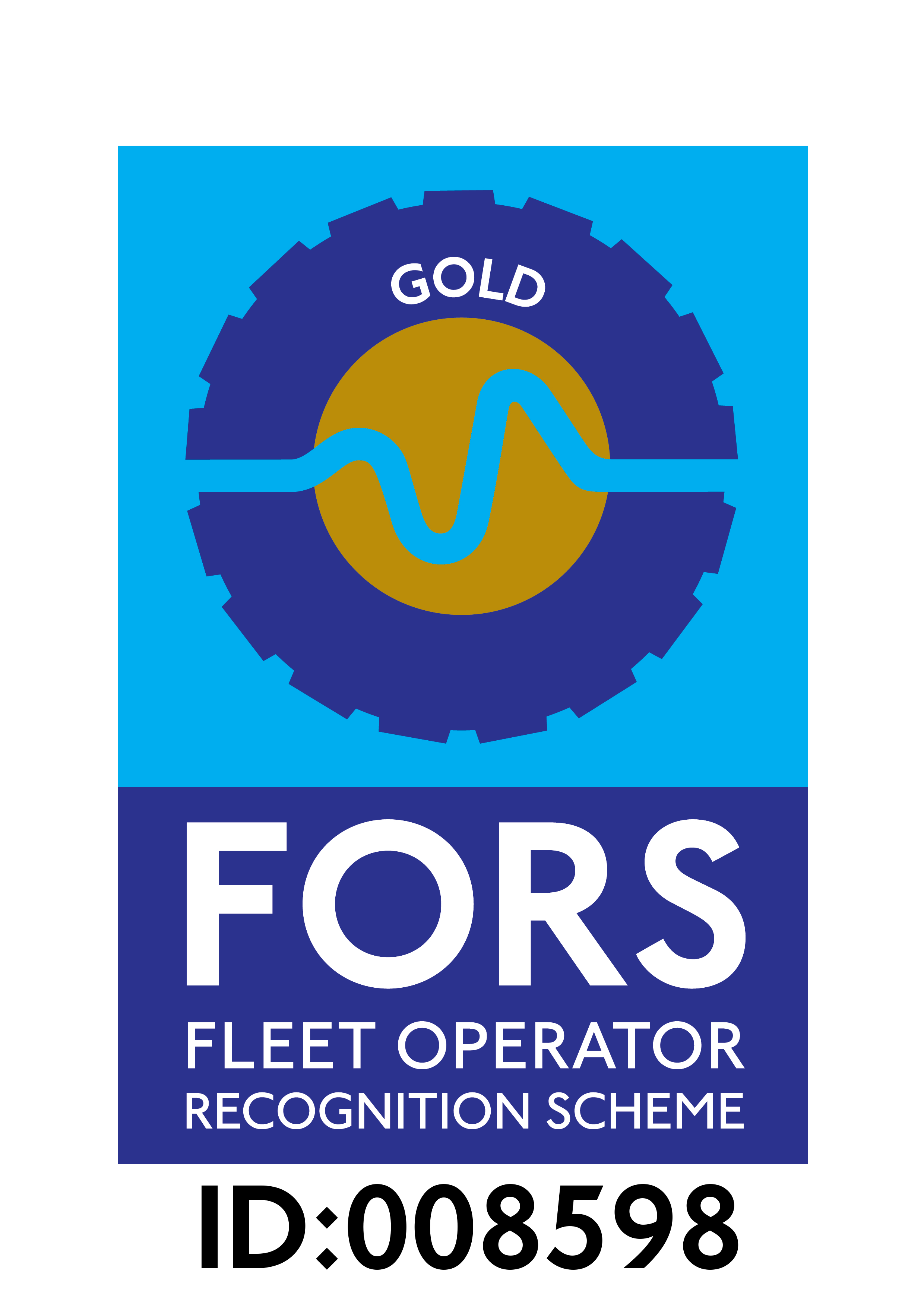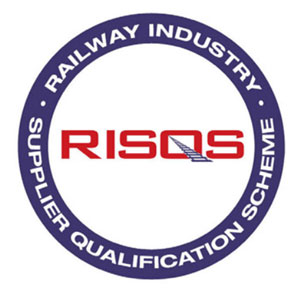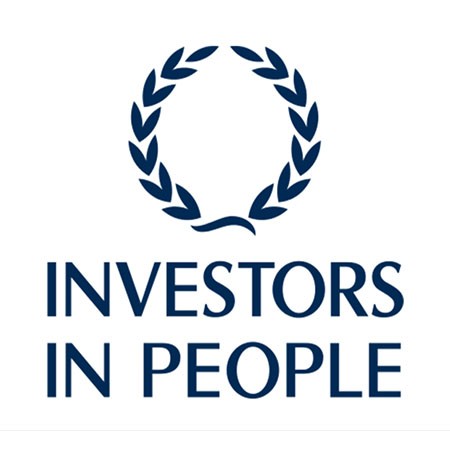How to choose the most appropriate respiratory protection for site
Respiratory hazards on construction sites can lead to long-term health problems and cause thousands of deaths every year.
“It is vital employers know their responsibilities, carry out thorough risk assessments and choose the most appropriate protective equipment to keep employees safe from harm”, says OnSite Support’s Anthony Ralph.
According to the Health and Safety Executive (HSE), about 12,000 people die from lung disease each year which is linked to past exposures at work.
Construction workers are some of the most at risk, along with dust from cutting or grinding brick, concrete and stone, sanding wood, drilling and demolition, they are potentially exposed to asbestos and chemicals, all of which can lead to lung cancer, silicosis, chronic obstructive pulmonary disease and asthma, with symptoms taking many years to appear.
On average, 3,000 construction workers each year report suffering from breathing and lung problems they believe were caused, or made worse, by work.
Protecting workers from respiratory hazards
Employers are required by law to minimise employees’ exposure to hazardous materials under COSHH Regulations, the Control of Lead at Work, the Control of Asbestos Regulations and the Ionising Regulations.
While risk assessments will identify the measures that can be put in place to minimise and control the hazard, it is almost impossible to eliminate exposure completely, so providing suitable respiratory protective equipment (RPE) is crucial.
RPE comes in all shapes and sizes, giving different levels of protection, from disposable half masks that cover the nose and mouth, through to systems providing complete respiratory, head, eye and face protection, power-assisted respirators and breathing apparatus. Note that RPE must be CE marked and meet the latest EU PPE Regulation, which came into force in April 2019.
Most recently, in February 2019, HSE issued a safety alert on welding fume, after new scientific evidence revealed exposure to all welding fume, including from mild steel welding, could cause lung cancer and could also be linked to kidney cancer.
Understanding the level of protection offered by RPE
RPE protecting against particles is given a filter classification, ranging from FFP1 to FFP3 (the highest level), which is equivalent to an Assigned Protection Factor (APF), denoting how much protection it offers. A P1 filter is 80% efficient, a P2 filter is 94% efficient and a P3 filter is 99.97% efficient.
So, RPE with a FFP3 filter and an APF of 20 is 99.97% efficient in filtering out harmful substances and cuts exposure by a factor of 20.
In toxic environments with no respirable silicates, dusts, mists and fumes, disposable masks of level FFP1 or 2 are more than acceptable. As soon as more harmful and irritant particle types are likely, an FFP2 mask must be used. This is regarded as the bare minimum in construction.
When working in an environment with silicates, respirable dusts, mists and fumes (including from welding), FFP3 must be used. To put it simply, whenever construction materials are being cut which are not timber or metal, it is likely an FFP3 mask is required.
For oxygen deficient environments, confined spaces, highly toxic or contaminated environments and smoke-filled areas, positive pressure, self-contained breathing apparatus will be required.
Know which standards apply
There are a number of standards and designations for RPE, which can be confusing when checking that the selected RPE meets the latest standards and is appropriate for the task in hand. The main ones are:
- BS EN36 covers full face masks (visors are covered under EN166)
- BS EN140 covers quarter or half-masks
- BS EN149 covers filtering facepieces provided with filters are rated as FFP1, 2 or 3; Masks will be marked with an expiry date and with an R if reusable or NR if not (the latter are ‘single-shift’ masks)
- BS EN143 FFP rated filters for full face, half and quarter masks must adhere to this standard. They will be marked with a FFP rating (1, 2 or 3) and also R or NR
- BS EN14837 sets out the minimum requirements for gas and combination gas/particulate filters. It classifies filters into various types such as A, B, E, and K as well as categories such as filter capacities, depending on the chemical or solvent being protected against. Combination filters are available where a range of airborne, respirable hazards exist.
- EN12941 and EN12942 Powered filtering devices with helmets or hoods conform to 12941 and powered devices with just a mask are covered by EN 12942. FFP-rated filters can be used to protect against particles but but where solvents, chemicals, fumes, vapours or low boiling point fluids are involved. Specialist or dedicated filters may be required and this type of RPE may not be suitable. Additionally, if a powered filtering device with a helmet is being used, the risk of it being dislodged while in use should be considered and alternative retaining systems should be used, if necessary.
It is also important to treat the European standards as a minimum requirement. Ask for evidence showing RPE has been tested in similar environments – a reputable company will be happy to share this information and will regularly test the RPE it supplies.
Make sure RPE fits and is comfortable
The COSHH Regulations, the Control of Lead at Work, the Control of Asbestos Regulations and the Ionising Regulations all require face-fit testing. Many suppliers sell kits to check masks are fitted properly before work begins on site. Note that the HSE says workers wearing tight fitting RPE should also be clean shaven.
Comfort is a prime consideration, because, if RPE is not comfortable, workers may not wear it. Getting a good fit is critical, as poorly-fitting RPE is the biggest cause of leaks, and can also be affected by what other PPE is being worn, such as eye, ear and head protection.
Education is essential
If companies are unsure of the level of protection required, it is imperative they discuss the risks and challenges with a specialist that can offer expert and independent advice on the best way to keep site teams safe from harm. A great way to do this, is through a respiratory hazard audit.
It is not enough to just provide the minimum levels of protection to meet legal requirements, however. It is crucial that workers are educated in how they are potentially being exposed to harmful substances, the implications of that exposure and what they should be doing to protect their long term health and wellbeing.
OnSite Support offers RPE audits to all our clients. These identify the tasks, risks, outline best practices, help raise awareness of the dangers of respiratory hazards and provide recommendations on the best RPE to ensure employees are kept safe.
We also offer a fit-testing service to ensure masks fit those wearing them, maximising protection. For more information or to book one of these services, please call us on 01293 744 444 or email hello@onsite-support.co.uk





